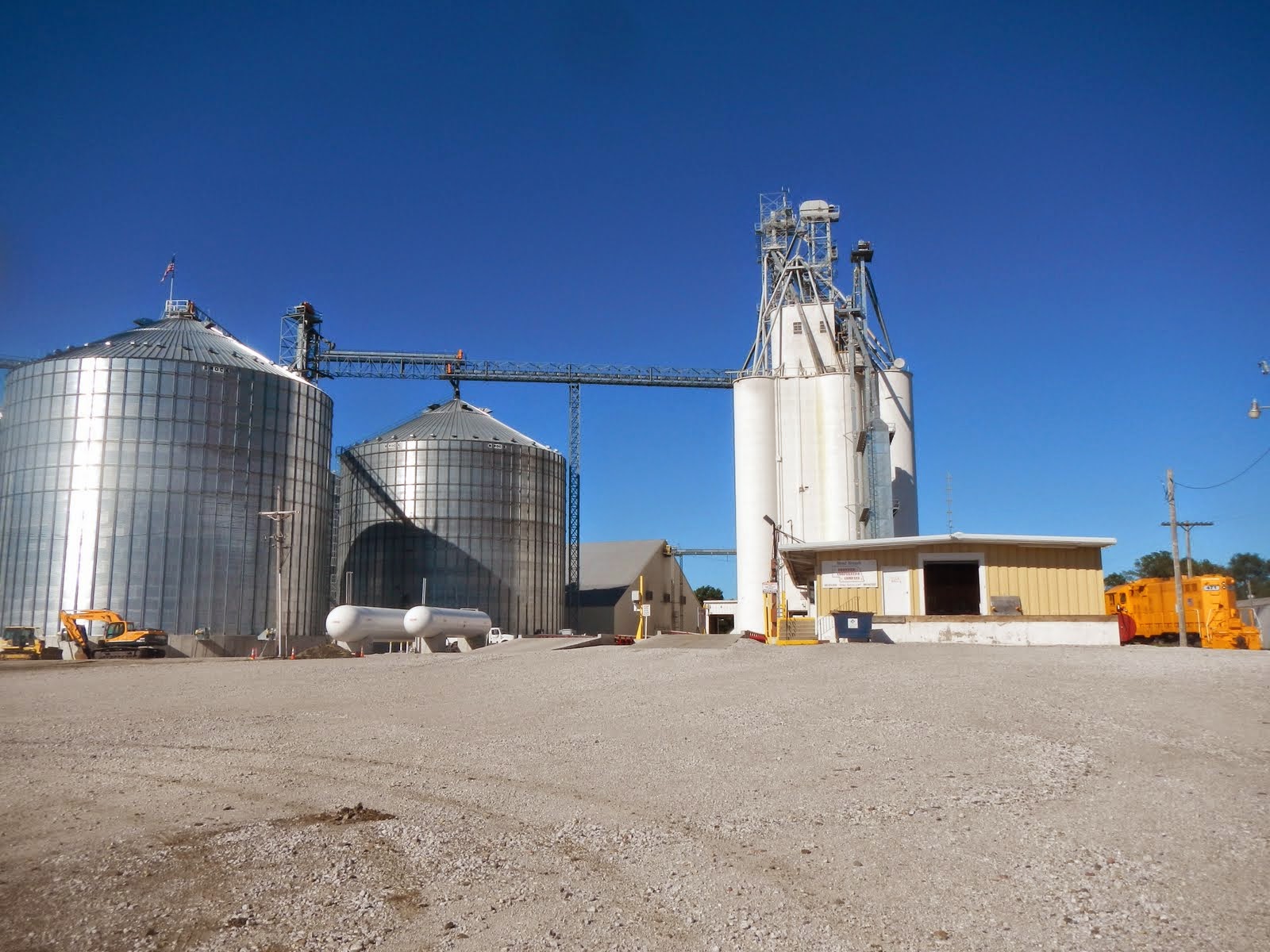Canadian farmers have been recently investing their profits from crops in fertilizer storage facilities in order to mitigate the price war of some major retailers and manufacturers. With own storage, farmers are able to buy fertilizer more cheaply in the off-season and thus avoid transport bottlenecks during the planting season. In the future, this practice might also help farmers avoid premiums that they have to pay in the spring to retail firms owned by Agrium Inc, Richardson International, and Cargill Ltd as well as to shift distribution patterns of manufacturers Potash Corp of Saskatchewan, Mosaic Co, and CF Industries.
This emerging trend is part of a more extensive shift by North American farmers to seize more control over pricing and costing. In the United States, for example, farmers are constructing silos and bins to store crops, oilseeds, and grains until they are sold by crop handlers. On the other hand, Canadian farmers are still benefiting from strong results especially in 2013 when the country produced record-large harvest of wheat and canola marking the fourth consecutive year of gains. After diammonium phosphate prices spiked in 2008 to $1,200 per ton, compared with less than $500 a ton now, some farmers decided to allocate the extra profit to building storage facilities.
For instance, Saskatchewan farmer Kevin Hruska spent about C$400,000 in 2010 to construct storage for about 6,000 ton of blended fertilizer. “We want to store it all – we don’t want to be held hostage by the logistics of springtime and the games the fertilizer companies play,” he commented. Mr Hruska uses about 6,500 ton of fertilizer annually to grow wheat and canola on his 45,000 acre farm. “It gives you a lot of security knowing your fertilizer is in place out of season,” he added. According to Lyndon Carlson of Farm Credit Canada, the decision of some Canadian farmers to build their own storage facilities is to a large extent a response to the major differences between harvest and spring fertilizer prices.




